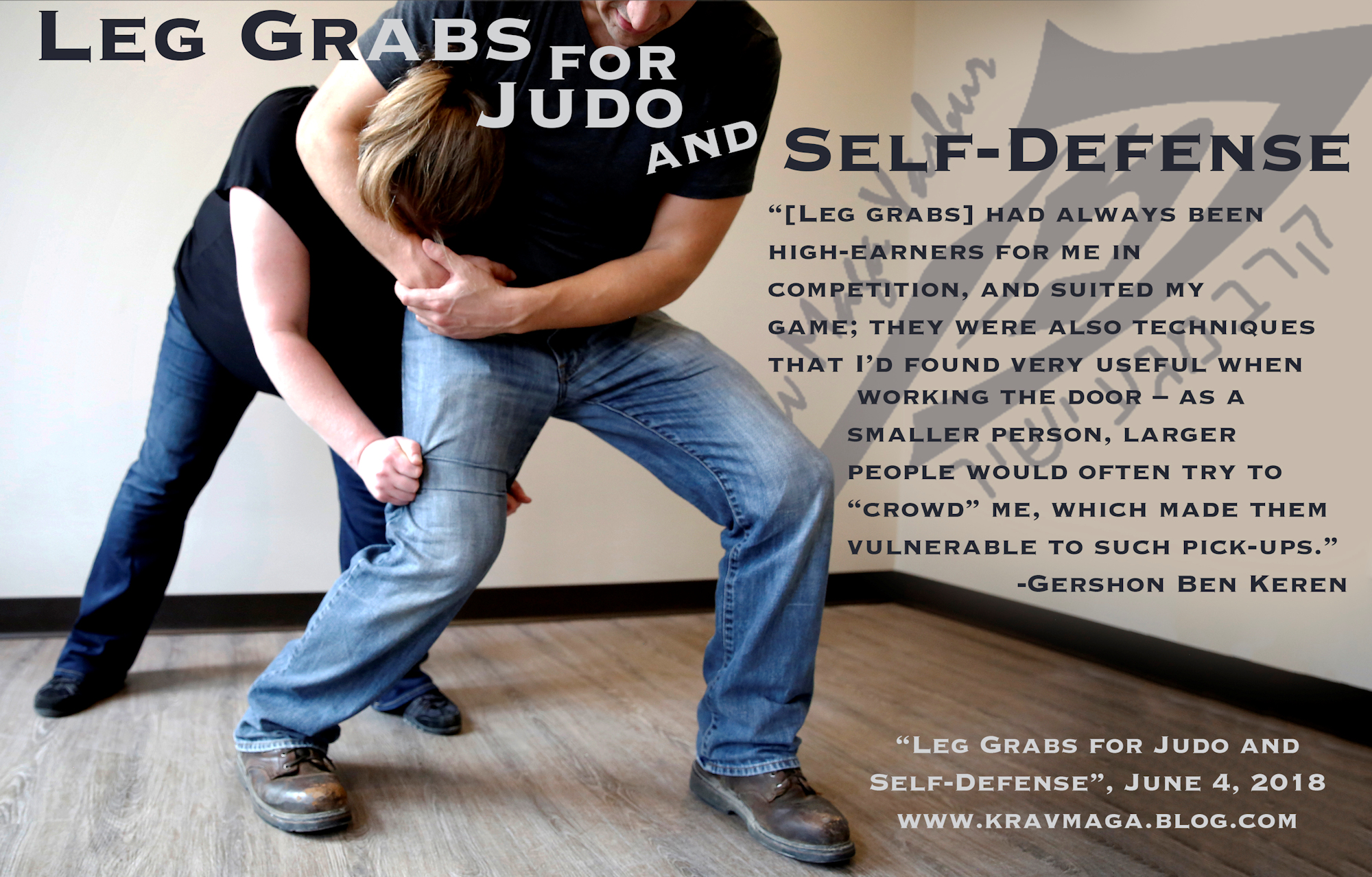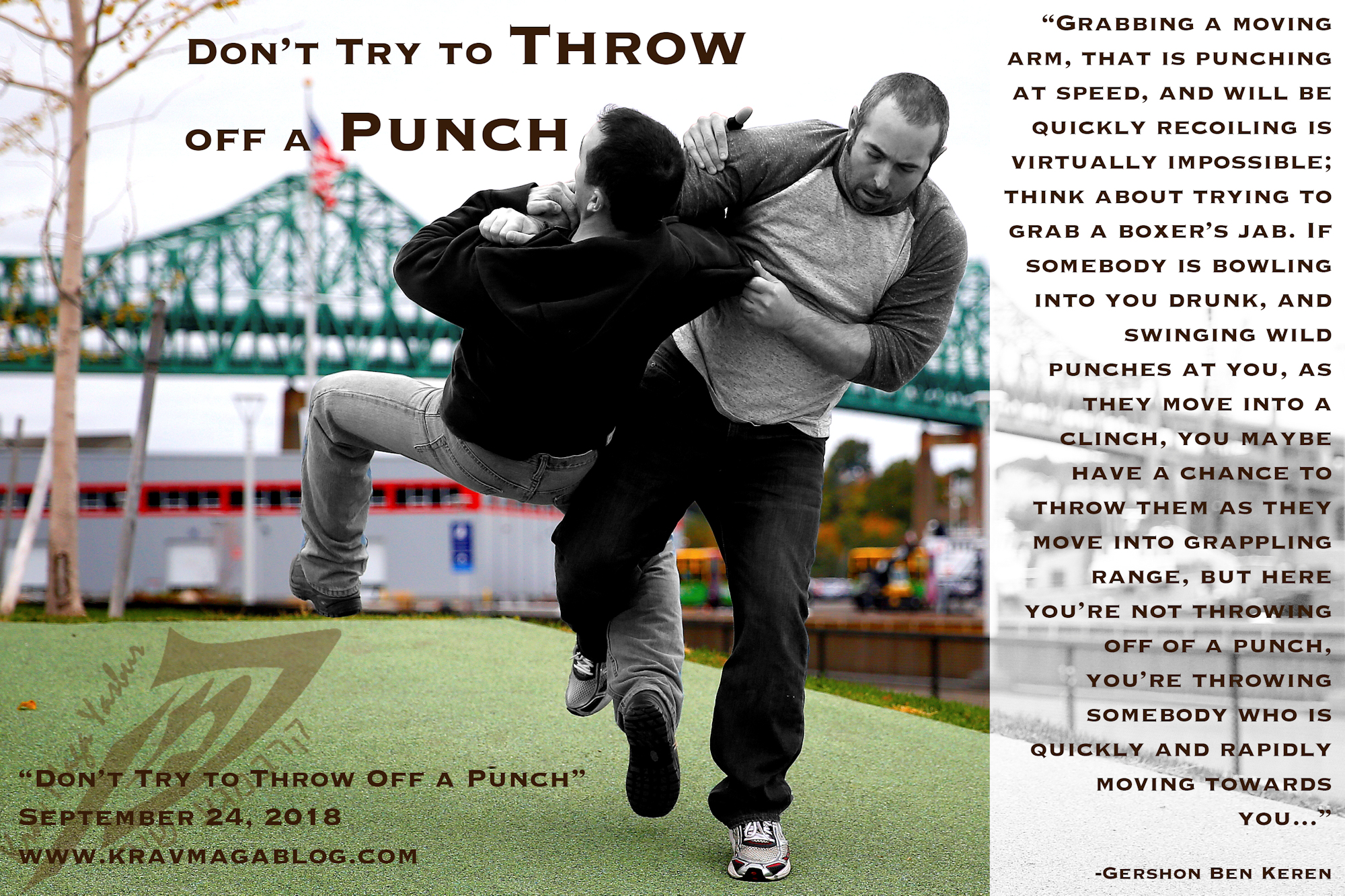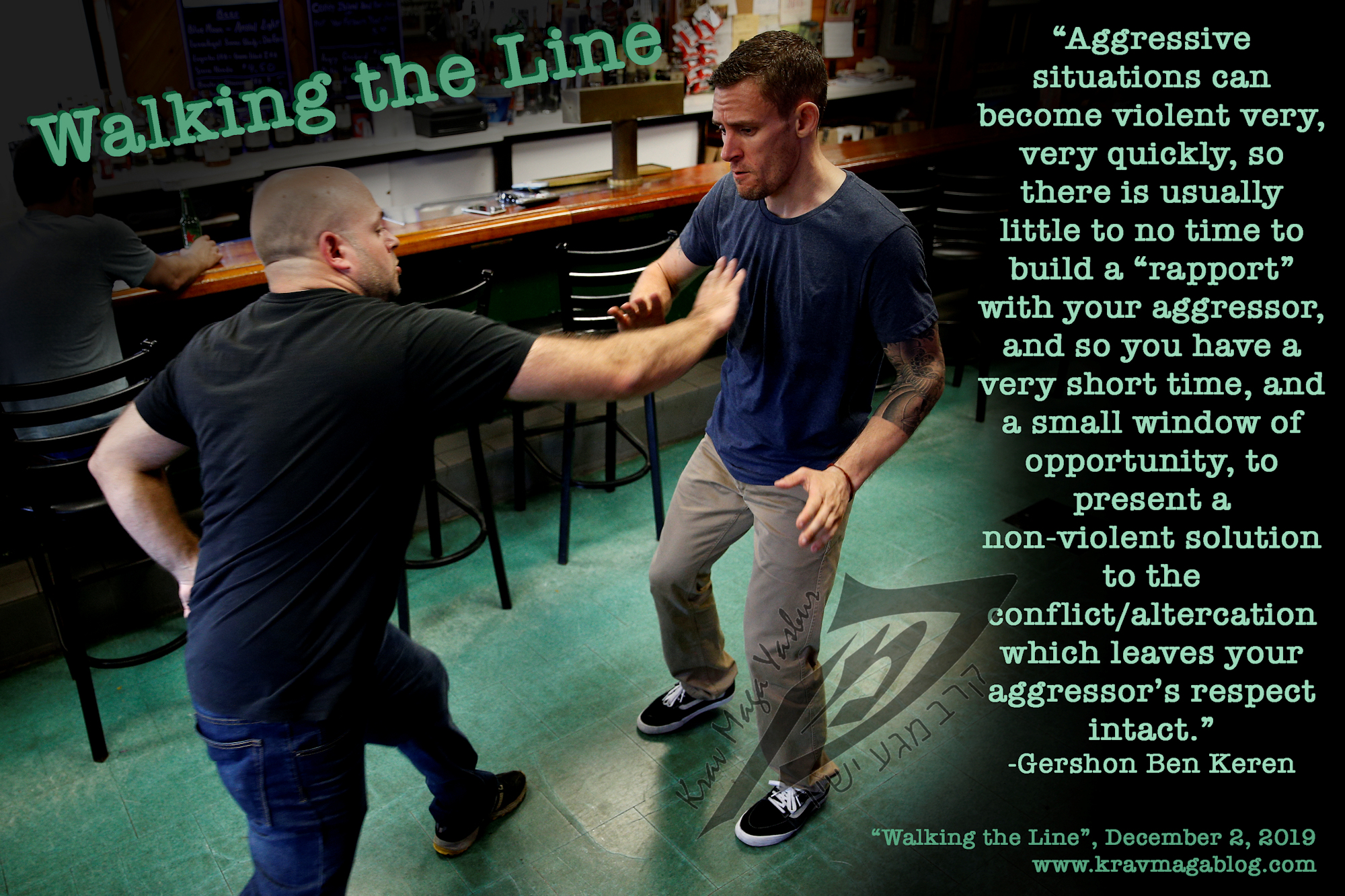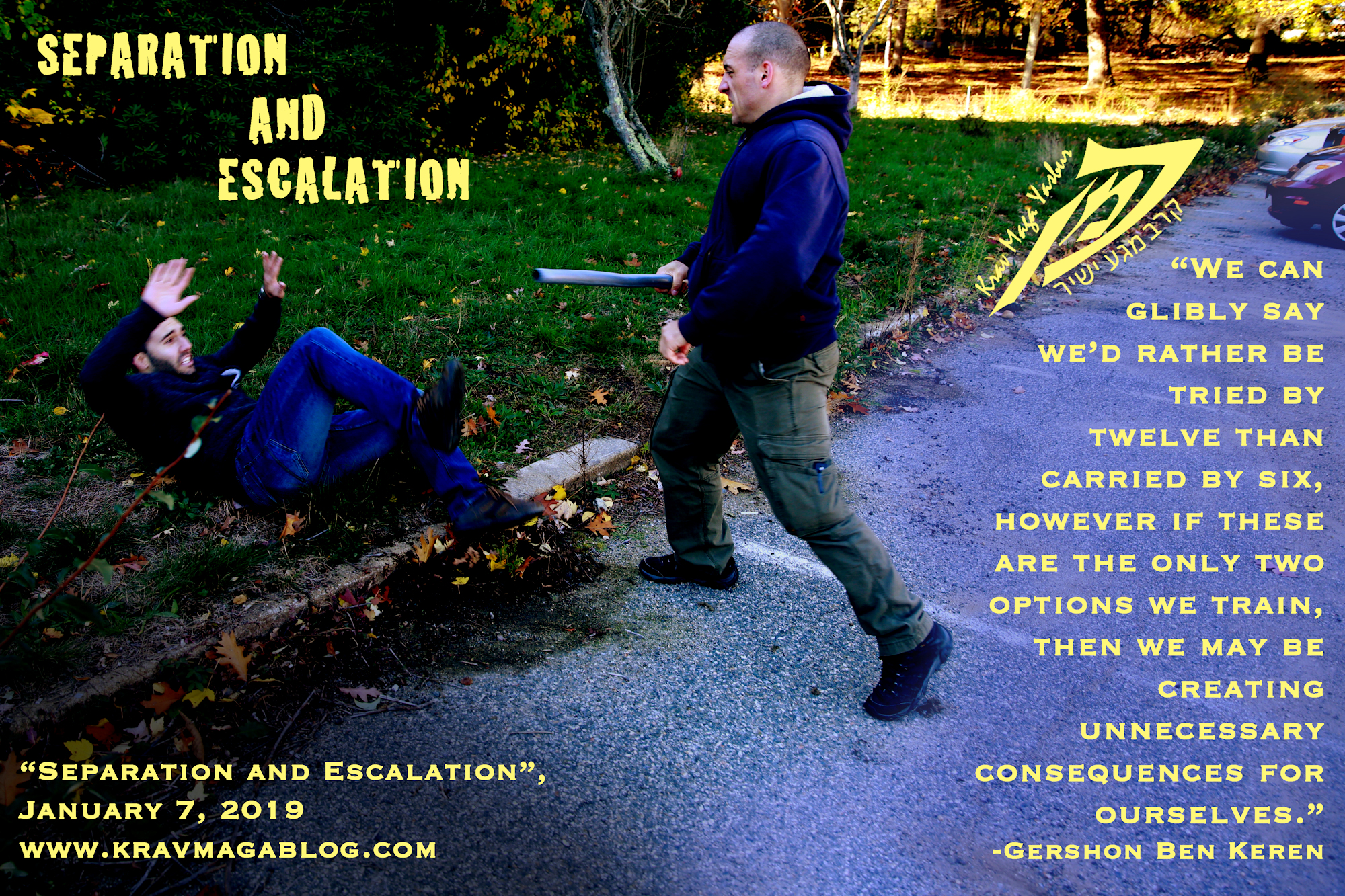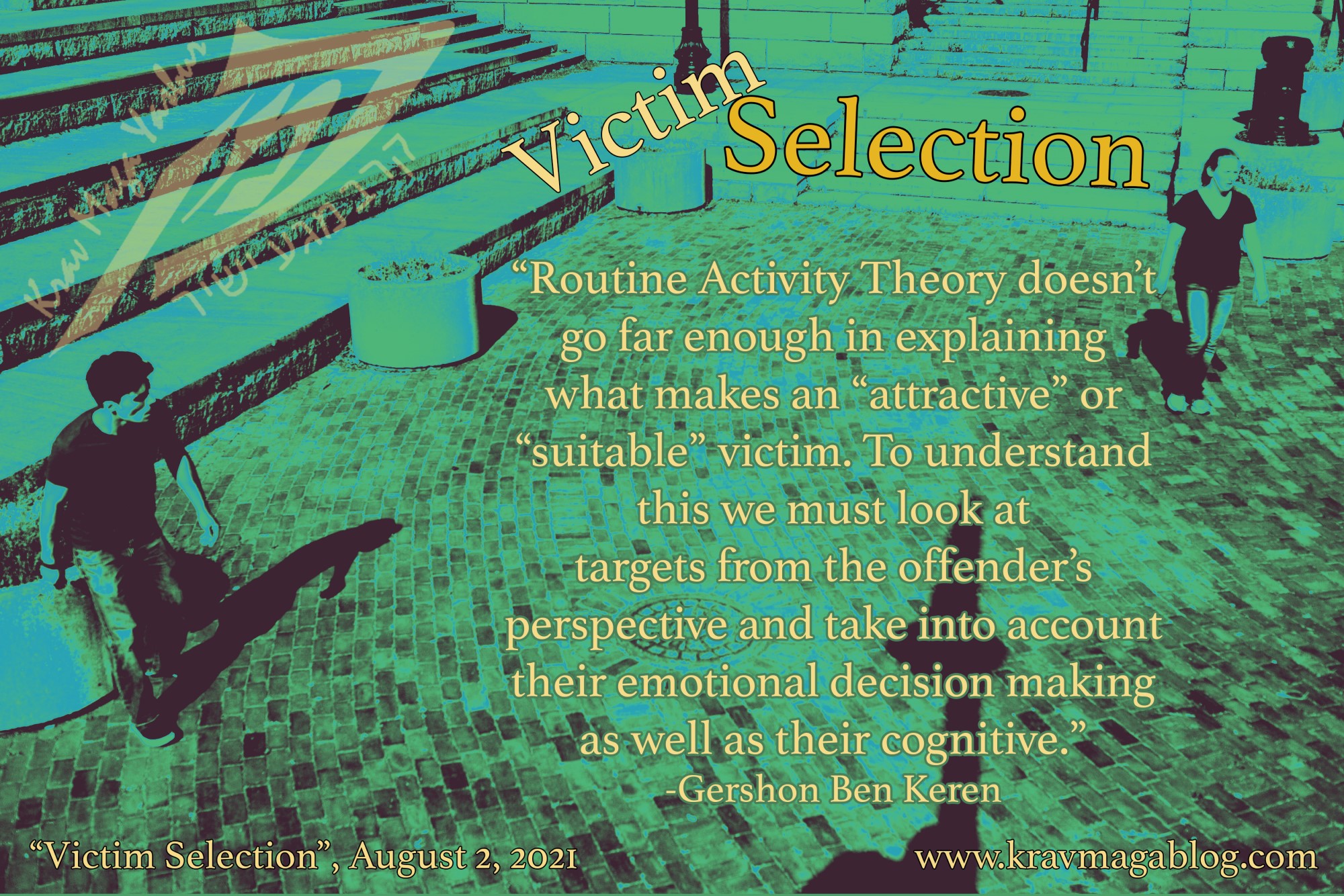Victim Selection, is an article written by Gershon Ben Keren, a 5th Degree Black Belt in Krav Maga, who teaches Krav Maga in Boston, MA. He has also authored three Amazon best-Selling Books on Krav Maga.
In last week’s article I introduced the idea of “Target Search”, and how offenders must either actively go to a location – which could be virtual rather than physical – or find themselves in a location, as a result of their routine activities, where they can look for a potential target(s). In this article I want to take a look at the process of victim selection, and why some people are targeted rather than others, and why those people are often the subjects of repeat victimization. It should be understood that from the offender’s perspective victim selection is one of the later stages in their thinking/planning with earlier stages including their decision to offend, and their selection of a particular offense e.g., why commit street robberies rather than burglaries? In this article I want to introduce three theories that attempt to answer the question of why one person, rather than another, appears on a predator’s radar.
Our parents probably gave us one of our first lessons in risk analysis, where through one form or another they informed us that if we hung around bad places, with bad people, bad things were likely to happen to us e.g., we were not to play with those kids, and/or go that location etc. What they were teaching us was a basic “lifestyle” theory of victimization, that does hold true for certain types of victimization e.g., if you are somebody who goes out drinking every Friday night at a bar or club which has a history and reputation for violence you are more likely to be assaulted than if you stay at home on your own watching Netflix etc. Lifestyle theories can hold true for certain types of crimes whilst failing badly for others e.g., being a woman or a child is not a lifestyle choice, it’s an act of being. A woman or a child can lead a non-risky lifestyle, and still be sexually assaulted and raped. When we consider that most of these types of offenses occur in houses and homes, which are generally regarded as safe places, lifestyle theories which explain victimization as people choosing to be, or finding themselves, in risky situations, fall down somewhat. This is not to say that certain people’s lifestyles aren’t riskier than others but as a universal explanation as to why some people rather than others are victimized, it falls short.
Linked to lifestyle theories is Routine Activities Theory. Routine Activities Theory (RAT) states that for any offense to be committed three conditions must be met: there must be a motivated offender, a suitable victim, and the absence of a capable guardian i.e., somebody who could potentially prevent the offense from taking place, such as a law-enforcement officer, a potential witness etc. Routine Activities Theory would posit that the reason somebody was targeted was not due to them having a risky lifestyle per se, but because put simply they were just in the wrong place at the wrong time i.e., their presence in a location, at the same time as an offender, where there was no “Place Manager” to deter the offender, created the opportunity for the criminal event. However, being a woman or a child for example, is not a routine activity, and so although the theory can explain which things need to come together and be absent for an act of violence to occur, it doesn’t actually explain why one individual and not another may be selected for a violent crime. In this instance when it comes to victimization, Routine Activities Theory, is more a truism, than an explanation.
Whilst lifestyle theories offer an explanation based on exposure to risky situations, and RAT on the lack/absence of guardianship, neither look at an offender’s motivation, and why they might select one person rather than another. Routine Activities Theory, talks generally about a victim being “suitable” or “attractive”, however what is often meant by this attractiveness is the value of the assets a person is deemed to have on them, in the context of street robberies etc. However, if we consider a mugger who is looking to steal mobile phones from people in an affluent neighborhood, there may be little obvious difference between the value of the phones people have on them, so there must be other factors which come into play when they are selecting a target to victimize. Target Congruence Theory aims to explain what these other less tangible aspects are. In this model there are three factors at play, these are: target gratifiability, target vulnerability and target antagonism. Rather than look at the “attractiveness” of a target, the theory looks at the level and degree of gratification that an offender gets from committing the offense, whether that is financial, sexual or a satisfaction based on revenge etc. What makes one target more attractive than another is the utility it gives the offender. There is also the perception of vulnerability that the offender considers e.g., they may choose to target one person rather than another because they perceive them to be weaker, and less likely to offer resistance than another. A key feature of the theory is that it recognizes the role of anger and antagonism that may be present in an offense. If a mugger is homophobic, they may select somebody based on that person’s apparent gender identity; they may even engage in a “target search” in areas around gay bars, hoping to find a suitable target. Their antagonism may also direct their ideas around vulnerability e.g., they might have antagonism towards gay men, and also believe that gay men are weaker and more vulnerable etc.
Whilst living a certain lifestyle can be a factor in increasing the risk of victimization, people who live safe/normal lifestyles can also be targeted, and whilst this may be the result of them going about their daily/routine activities, Routine Activity Theory doesn’t go far enough in explaining what makes an “attractive” or “suitable” victim. To understand this we must look at targets from the offender’s perspective and take into account their emotional decision making as well as their cognitive.
0 COMMENTS
